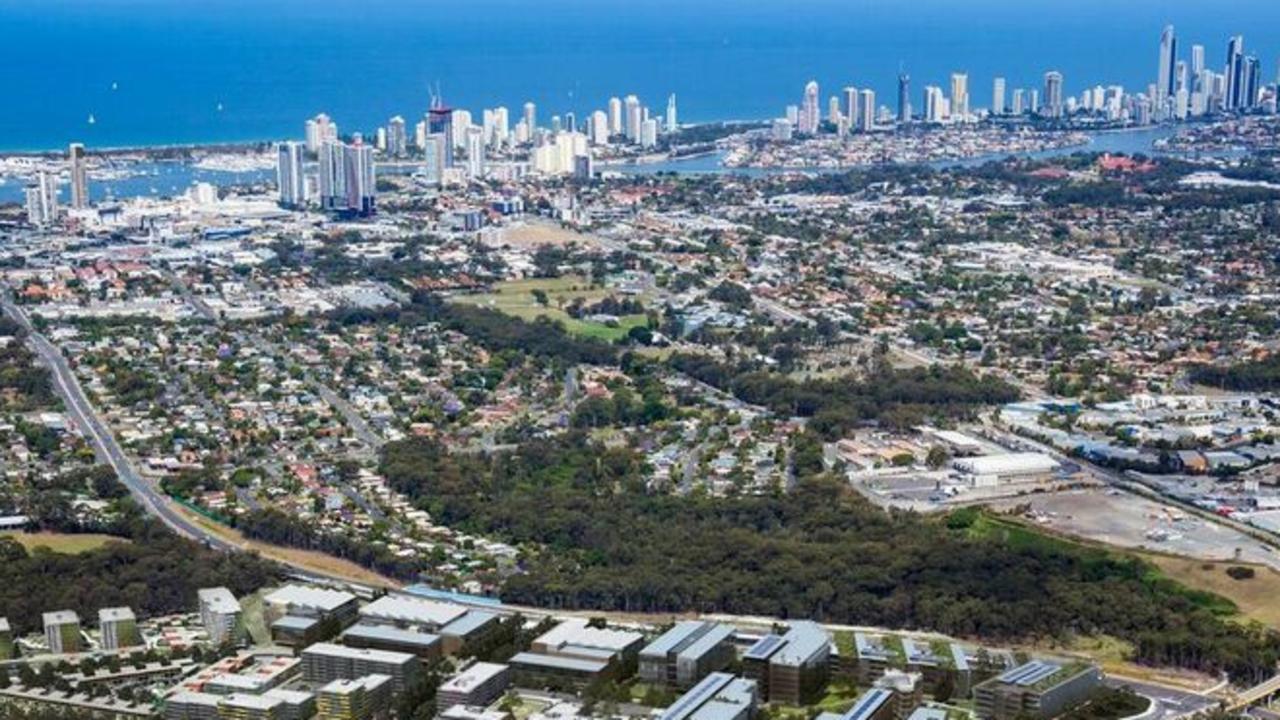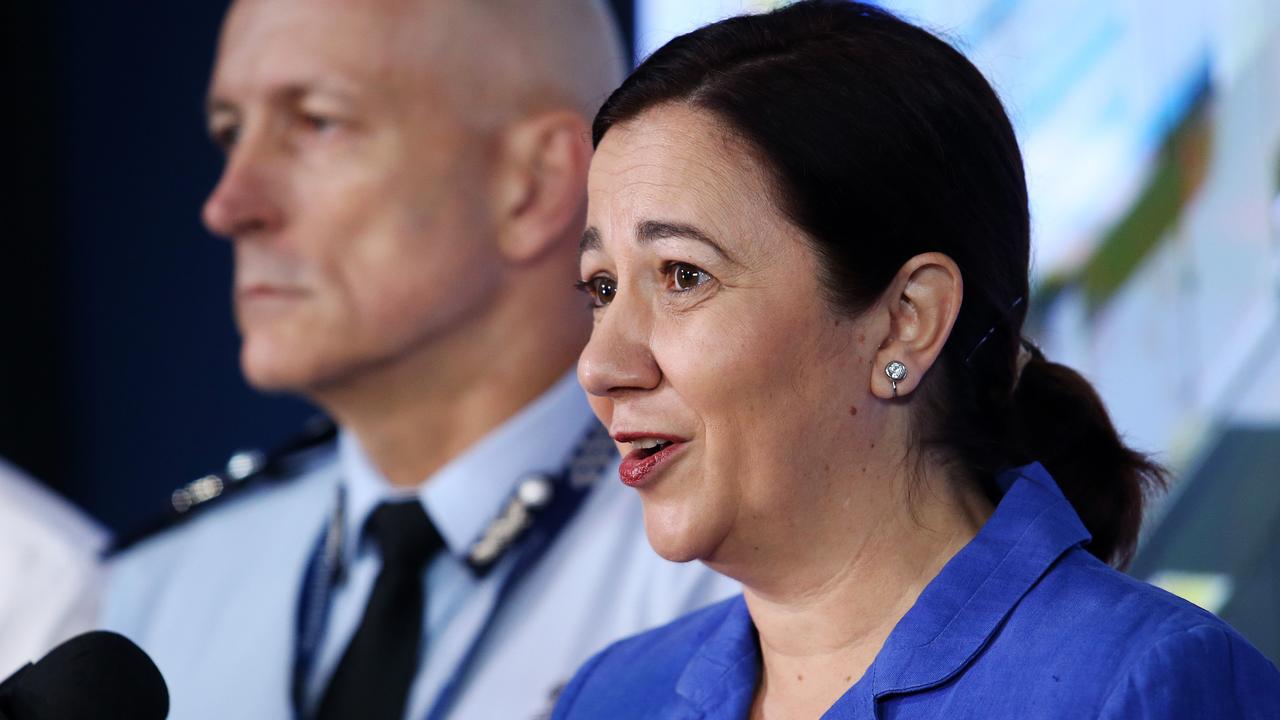Golden Age: How a barren Gold Coast cow paddock became a sprawling oasis and potential koala colony
IT’S an environmental secret kept under wraps until now. For the past four years a Gold Coast conservationist has watched in amazement as a tired old cow paddock on the northern end of the city has transformed into a wetland oasis.
Golden Age
Don't miss out on the headlines from Golden Age. Followed categories will be added to My News.
IT’S an environmental secret kept under wraps until now.
For the past four years a Gold Coast conservationist has watched in amazement as a tired old cow paddock on the northern end of the city has transformed into a wetland oasis.
Matt Keys, director of environmental management firm Habitat, has watched the miraculous transformation of 58 barren hectares into a thriving ecosystem at the Gainsborough Greens in Pimpama.
GOLDEN AGE: THE SECRET TO SAVING COAST’S GREEN SPACE
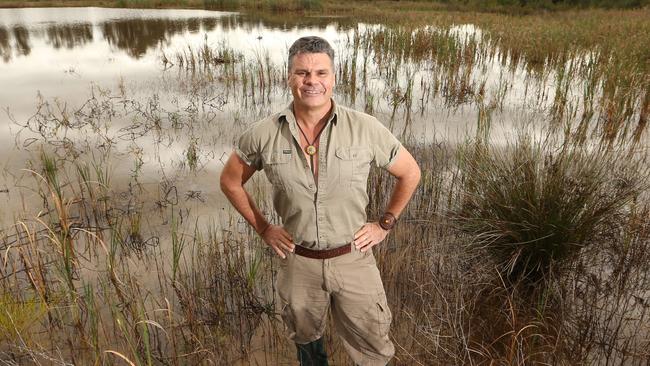
For the first time Mr Keys has revealed how he helped transform the area in the Mirvac masterplanned community into a series of freshwater lagoons boasting 72 species of plant life in the hope it can be replicated elsewhere.
“The really exciting part is that of these 72 species, 16 species have been brought in by animals,” he said.
GOLDEN AGE: NEW $15M CITY PARKLANDS PLANNED
“We didn’t put them there, and of the 72 species 30 are already flowering and seeding. “Which means that they’ll now continue growing new plants in perpetuity.”
GOLDEN AGE: WHY ROBINA PARKLANDS WILL BE OUR CENTRAL PARK
Despite the massive scale, Mr Keys said it took just five days to plant native seeds using standard crop farming techniques without the need for fertiliser.
“The ecosystem is fully functioning and evolving after only four years,” Mr Keys said.
“It’s an eco system in its own right, we didn’t even have to use fertilisers or anything like that.
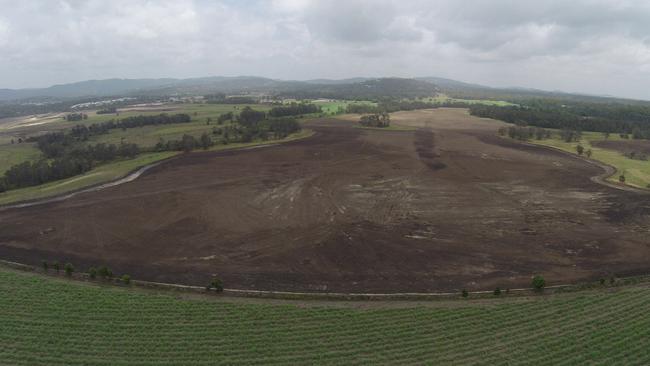
“Now when you go out there it has a beautiful chaos that is wild.”
He said it was faster to seed the area than it could have been bulldozed and was only a tenth of cost of planting and raising nursery saplings which would be a multimillion-dollar project.
“That’s the key, to be able to put back more quickly than we take away,” he said,
“If we do this across the planet, we’ll definitely reduce global extinction rates.
“Aside from it’s relative simplicity the technique is super cost effective, it only costs a tenth of traditional planting techniques and huge areas of land can be covered very easily without using any herbicide, fertiliser and not a drop of water was involved.”
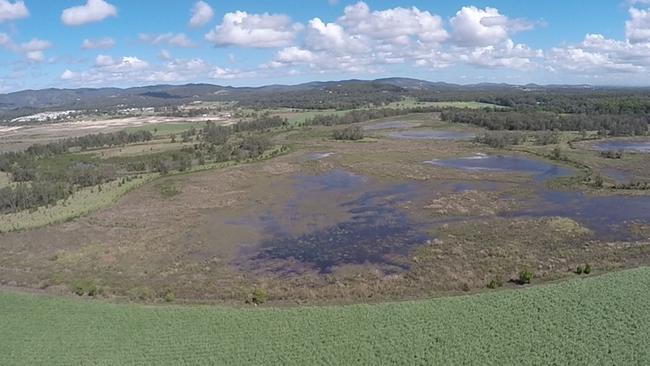
At last count Mr Keys said there are now 15,000 trees on the site, including 3km worth of eucalypts planted around the boundary.
Mr Keys — who named the area Nyamul Wildlife Sanctuary, a Yugumbeh word for “young animal” — hopes will one day become home to a koala sanctuary in an area where koala habitat has been decimated.
“(The eucalyptus) is doing so well that six months ago we gave access to Currumbin Wildlife Sanctuary to harvest branches for their koalas,” he said.
“The site’s location was perfectly suited for a future koala sanctuary being well away from roads and houses, so we decided to create the corridor.”
He said he couldn’t thank developer Mirvac enough for sharing his vision and urged other developers to do the same.
“They’ve been so loyal throughout and shared the vision when nobody else did.”

